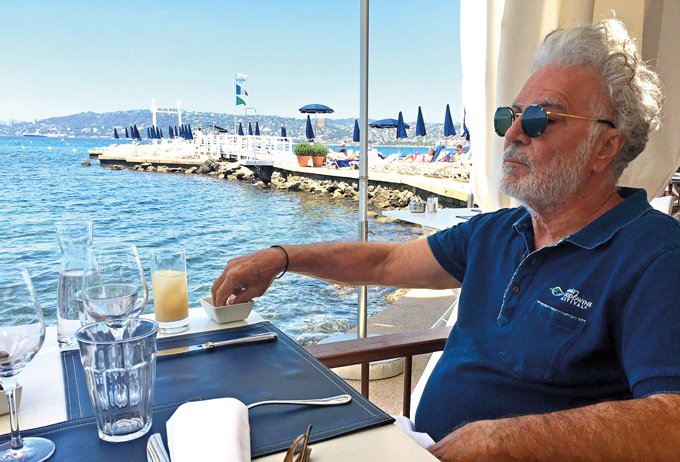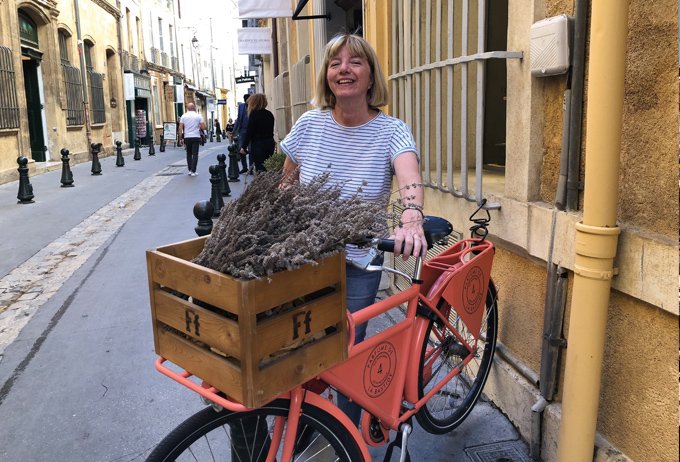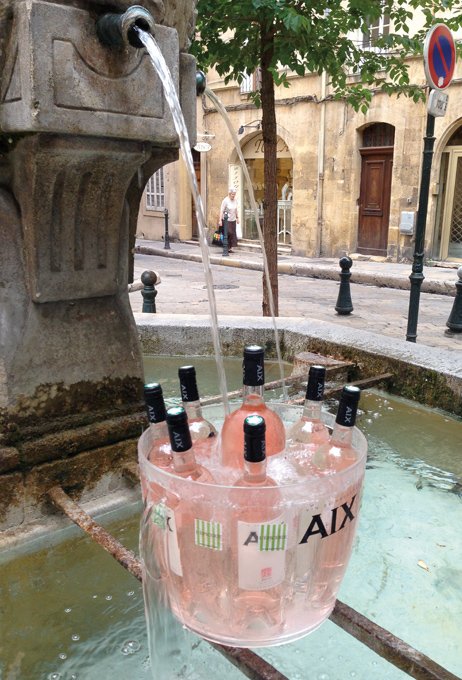George Mavrothalassitis: Provence, France




Almost every year, I have a strong craving to visit Provence. This yearning goes deep in my DNA, with roots in my childhood. I was born a mere block away from the water of the old port of Marseille, where my Greek ancestors had settled. From my youngest years there, I was surrounded by the sounds of fishing boats coming back to the port after a night at sea. But what left even more of an impression was the shouting of
the bawdy fishermen’s wives who sold the fish like touts, calling out in lewd language, that would be impossible to translate in detail for this civilized audience. Most of the time, the fish were still alive but if they weren’t, one wouldn’t even deign to suggest that they were not freshly caught. Accusers stood a good chance of catching the same fish straight in the face!
Provence is also home to medieval villages, perched atop rolling hills, with village life existing behind fortified walls. This was a way to protect the population and their produce from invaders. Now the hill towns’ beauty attracts visitors and delivers the best in scenic photo and painting opportunities. The countryside is famous for its palette of elysian colors, raked by crisp light ... the list of artists who found inspiration there starts with some notable names like Cezanne, Monet, Matisse, Renoir, Van Gogh, Gauguin and far more. It truly seems like the stones of the houses capture the rays of the sun, and retains the warm light even after sunset. One cannot speak of Provence without touching on provençal cuisine, which is famous around the world, but truly legendary amongst the French. Thinking of it makes me miss my lunches on the quayside at the port of Cassis where local cafes serve up delicacies like the coveted sea urchin on a baguette, paired with the finest local white wine.
The farmer’s markets have been a staple for centuries, delivering the unique aroma of provençal markets; a mix of freshly cut basil, downy-skinned peaches, delicate raspberries, sliced charcuterie, wheels of fresh and aged cheeses—the mélange of scents is absolutely indescribable and just has to be experienced in person. In the summer, the “garrigue” (the provence hillside areas) are baked by the sun and smell like smoked thyme and rosemary with, as a bonus, the song of the cicadas at twilight. The only way to take it home is with a jar of herbs de provence, a mix of the region’s best seasonings to add to any dish.
It is the food, really!
Traveling through the countryside, one will not see many cows in the fields, but this isn’t the only reason why Provence cooking does not use an abundance of cream and butter. In Provence, we cook mainly with Evoo (extra virgin olive oil) in our dishes. the region’s temperate climate means that our bodies don’t have the need for the extra calories from cream and butter to fight the cold. Even in winter, it’s never very cold—yet another reason to visit Provence: it’s a four-seasons destination!
Of course you don’t want to miss the bouillabaisse/the bourride/the Marseille fish soup with hand-mixed aïoli and fresh croutons; the loup de mer (striped seabass) grilled on a bed of dry fennel; the sea urchin; the daube (a lamb stew); baby squid persillade; the grand aioli; the pissaladière; the soupe au pistou; the tapenade; the caviar d’aubergine; the tian; etc., etc. I almost forgot my favorite dish, the pieds and paquets which is tripe & pigs feet, in a rich tomato sauce. Don’t look for me right after I’ve written this story ... I’m already on that plane back to Marseille!
